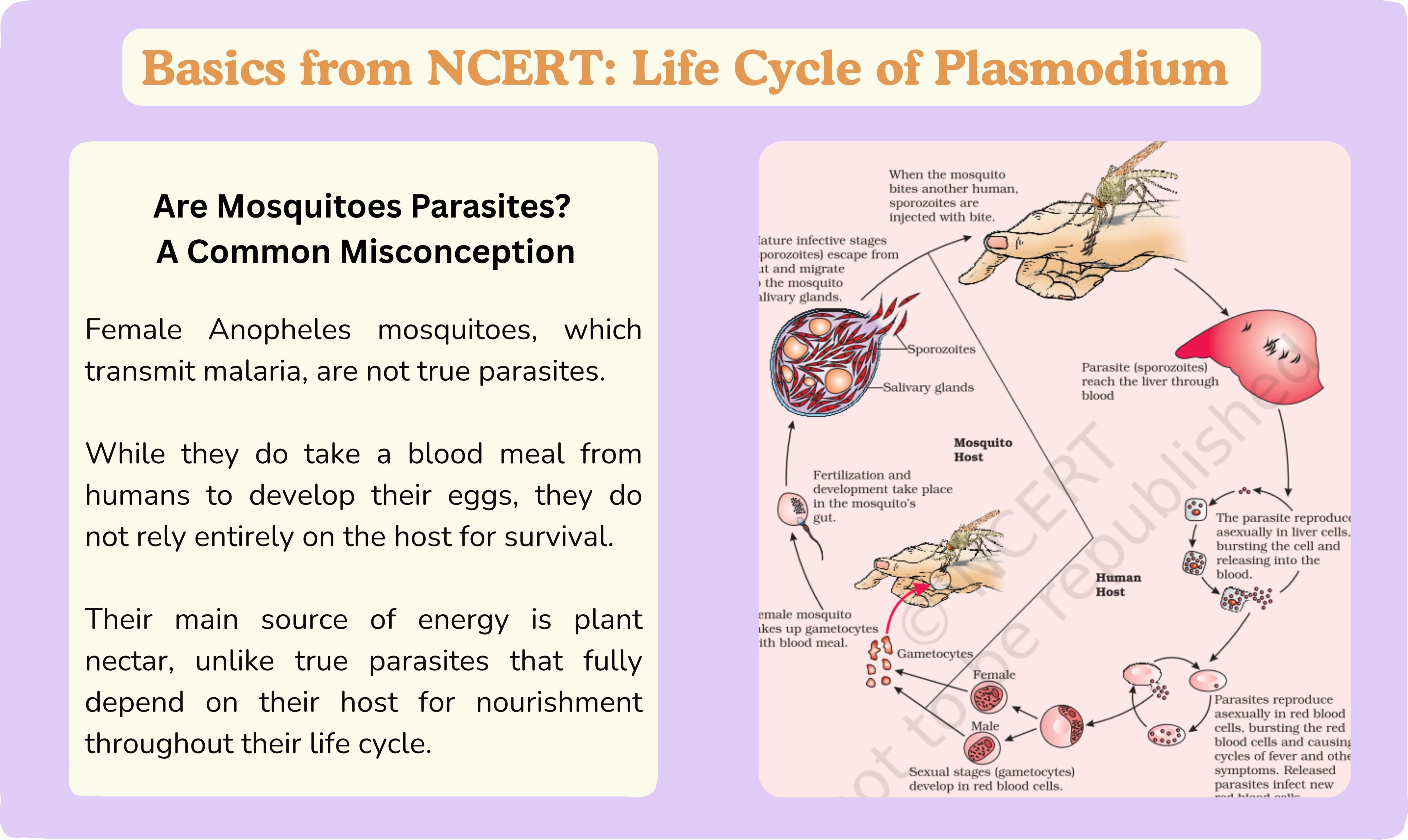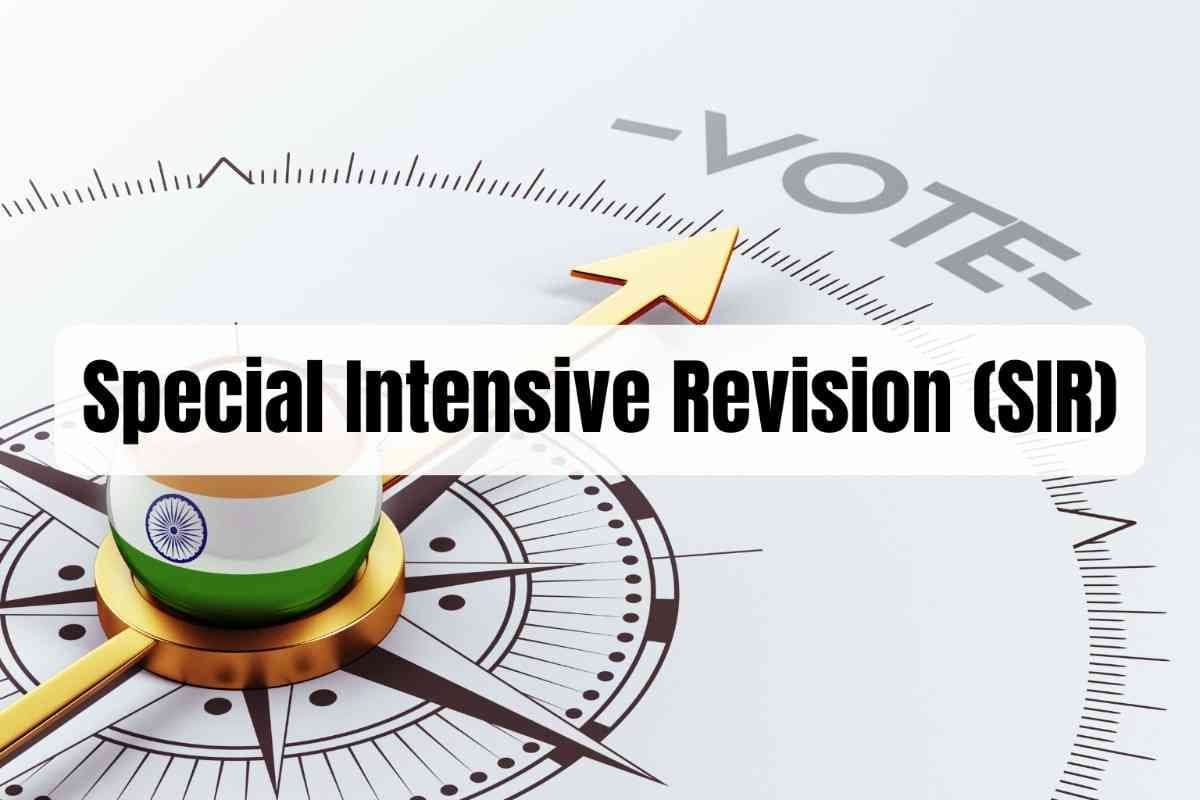AdFalciVax: ICMR Indigenous Vaccine for Malaria
Jul, 2025
•4 min read
Why in News?
The Indian Council of Medical Research (ICMR) is developing an indigenous multi-stage malaria vaccine named AdFalciVax. The vaccine is being developed through ICMR's Regional Medical Research Centre (RMRC) in Bhubaneswar and the National Institute of Malaria Research (NIMR), in collaboration with the Department of Biotechnology–National Institute of Immunology (DBT-NII).
Why Cover This Topic for UPSC?
- Relevant for Science & Technology section of GS Paper III.
- Important government initiative on public health.
- Possible question in Prelims under Current Affairs in News.
- Useful for Mains answer enrichment on health infrastructure.
What is a Vaccine?
A vaccine is a biological preparation that helps the body develop immunity against specific diseases. It typically contains weakened, inactivated, or parts of a pathogen (called antigens) that trigger an immune response without causing the disease itself. Vaccines "teach" your immune system to recognize and fight harmful microorganisms (like viruses or bacteria) if they enter your body in the future.
Types of Vaccines:
- Live attenuated (weakened pathogens)
- Inactivated (killed pathogens)
- Subunit/recombinant (specific pieces of the pathogen)
- Toxoid (inactivated toxins)
- mRNA and DNA vaccines (instruct cells to make a protein that triggers an immune response)
Vaccines undergo rigorous clinical trials to ensure their safety and efficacy before public use.
AdFalciVax for Malaria
The Indian Council of Medical Research (ICMR) is developing a novel and indigenous malaria vaccine named AdFalciVax. It is a chimeric, multi-stage vaccine that combines genetic material from different sources and targets multiple stages of the malaria parasite’s life cycle. It uses Lactococcus lactis, a safe food-grade bacterium, to deliver the vaccine effectively and safely into the body.
The purpose of the vaccine is to:
- Protect individuals from malaria infection.
- Reduce overall transmission in the population.
- Support India’s Malaria Elimination Goals and the Make in India initiative.
The vaccine targets Plasmodium falciparum, the deadliest malaria parasite. It targets two key stages:
- Pre-erythrocytic (liver) stage: Prevents the parasite from developing in the liver.
- Sexual (transmission) stage: Blocks transmission of the parasite to mosquitoes, reducing community spread.
Also read: India’s First Transgender-Led Health Clinic: Sabrang Clinic in Hyderabad
Now let’s understand the basics of malaria, its cause, spread, and symptoms.
Malaria: A Major Health Challenge
Malaria continues to be a serious health issue, especially in tropical and subtropical regions like sub-Saharan Africa, Southeast Asia, South America, and parts of India.
- As per the WHO 2024 report, the disease affected 263 million people and caused over 600,000 deaths worldwide. Africa alone accounts for 94–95% of the global malaria burden.
- To raise awareness, World Malaria Day is observed on 25th April every year. It was established by the WHO in 2007.
- The 2025 theme is “Malaria Ends With Us: Reinvest, Reimagine, Reignite”, urging the world to strengthen efforts toward eliminating malaria.
Understanding the Disease
- Malaria is caused by Plasmodium parasites and is transmitted to humans through the bite of infected female Anopheles mosquitoes.
- After entering the human body, the parasite first infects the liver and then moves into the red blood cells, where it multiplies and causes symptoms.
- The disease is both preventable and curable. Patients typically experience fever, chills, headache, fatigue, and muscle aches. Severe infections may result in organ failure, cerebral malaria, or death.
Prevention Methods:
- Insecticide-treated mosquito nets (ITNs)
- Indoor residual spraying (IRS)
- Preventive antimalarial drugs, especially for travelers and vulnerable populations
Treatment:
- Common treatments include chloroquine, quinine, and artemisinin-based combination therapies (ACTs).
- Youyou Tu, a Chinese pharmacologist, was awarded the Nobel Prize in 2015 for her discovery of artemisinin, which revolutionized malaria treatment.
Vaccines in Use:
- RTS,S/AS01 (Mosquirix): The world’s first malaria vaccine, shown to be safe and moderately effective in young children.
- R21/Matrix-M: A newer vaccine that has shown higher efficacy in clinical trials and is expected to make a larger public health impact.

Build Your UPSC Foundation the Right Way - Join Super Start with NCERT now - a student-focused initiative for 100% NCERT coverage. For more insights, watch:

Burden of Malaria in India: Progress and Challenges
India has made significant strides in reducing its malaria burden over the past decade. According to the World Malaria Report 2024, malaria cases in India dropped sharply from 11.69 lakh in 2015 to just 2.27 lakh in 2023—a reduction of over 80%. This decline reflects our country’s sustained efforts in vector control, surveillance, and public health interventions.
In a major milestone, India exited the WHO’s High Burden to High Impact (HBHI) list in 2024, a list comprising countries with the highest malaria burden. This achievement brings India a step closer to its ambitious target of malaria elimination by 2030, as outlined in the National Framework for Malaria Elimination (NFME).
India’s Mission Against Malaria: From Control to Elimination
To eliminate malaria by 2030, India has adopted a proactive and research-driven approach to tackle this age-old disease. Over the years, our government has launched several national programs and collaborative initiatives aimed at prevention, control, innovation, and awareness. These efforts reflect a shift from merely managing malaria to actively working toward a malaria-free India.
- National Framework for Malaria Elimination (2016–2030): India’s strategic roadmap to achieve zero indigenous malaria cases by 2030 through phased, region-specific interventions.
- National Vector-Borne Disease Control Programme (NVBDCP): A comprehensive program addressing diseases like malaria, dengue, and chikungunya through vector control, surveillance, and awareness.
- Malaria Elimination Research Alliance-India (MERA-India): Launched by ICMR, it brings together national and international stakeholders to promote cutting-edge research for malaria elimination.
- High Burden to High Impact (HBHI) Initiative (2019): Implemented in four high-burden states—West Bengal, Jharkhand, Chhattisgarh, and Madhya Pradesh. It aimed to reduce cases using targeted interventions like insecticidal net distribution.
- National Malaria Control Programme (NMCP) 1953: One of India's earliest public health campaigns, focusing on indoor residual spraying (IRS) with DDT, case monitoring and surveillance, and timely treatment of patients.
Together, these initiatives showcase India’s commitment to transforming its malaria strategy from reactive to preventive.
Must read about: Tuberculosis in India: Types, Symptoms, Challenges & Elimination Strategy 2025
Way Forward
India’s fight against malaria is entering a decisive phase. With indigenous innovations like AdFalciVax, strategic national programs, and growing public awareness, the country is steadily moving toward its goal of malaria elimination by 2030. To sustain this momentum, continued investment in research, vaccine development, and community-level interventions is crucial.
Prepare this important current topic here: What is Nipah Virus: Everything You Need to Know
Elevate Your UPSC Prep with SuperKalam!
Say hello to SuperKalam, your Personal Super Mentor for targeted UPSC preparation. Unlock unlimited MCQs, Practice mains answers with Instant Mains Answer Evaluation, and real-time performance tracking.
Explore SuperKalam's resources and start a focused & disciplined preparation!
UPSC Prelims PYQs
QUESTION 1
Medium
Widespread resistance of malarial parasite to drugs like chloroquine has prompted attempts to develop a malarial vaccine to combat malaria. Why is it difficult to develop an effective malaria vaccine?
Select an option to attempt
Related Blogs

Special Intensive Revision (SIR) of Electoral Rolls: Definition, Objectives, Significance, & Challenges
Dec, 2025
•4 min read

UNICEF Day 2025: 79 Years of Global Commitment to Child Rights & Protection
Dec, 2025
•4 min read

Vande Mataram: The National Song of India UPSC | Recent Debate in the Parliament
Dec, 2025
•6 min read